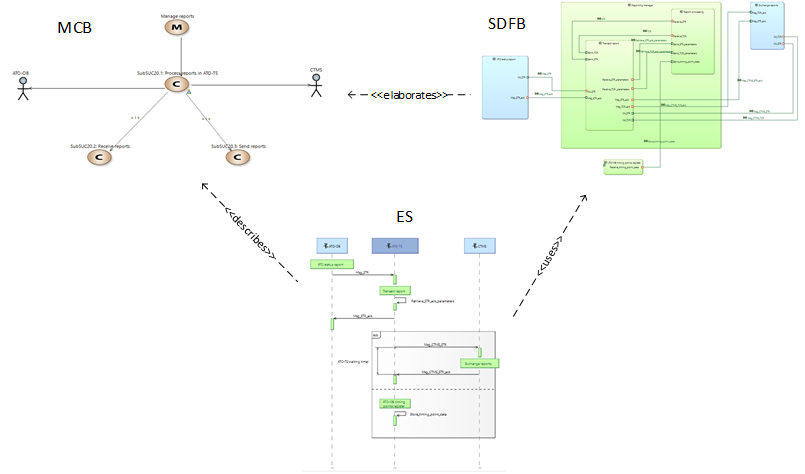
On the 14th of October, we will have the pleasure of welcoming Harish Narayanan to Capella Days Online 2020. He will present how he has been using Eclipse Capella to develop model-based functional requirement specifications for a railway system.
Harish is working for NEXTRAIL, a German signalling consulting company which advises operators and manufacturers on railway systems, from conception to system integration. On system design topics, they regularly support their customers across various projects to specify railway systems requirements.
In his talk Harish will share his experiences on a project where he had to develop system requirement specifications for an Automatic Train Operation Trackside (ATO-TS), one of the key components that helps with Automatic Train Operations (ATO). Here, ATO being a subsystem of a more general ATO over ETCS system (European Train Control System), the new signalling and train control system designed to provide an uniform signalling system for the European railways.
Within an ATO system, the trackside component (ATO-TS) communicates with the on-board component (ATO-OB) to provide information about the timetable (arrival and departure times, platform stopping locations, …) and the route (gradients, reduced adhesion, speed limits, ...). The ATO-OB uses this route information along with the train data (i.e. mass, length, speed, breaking performance, …) to calculate the optimum speed profile that will make the train drive on time, comfortably, safely, and with an efficient use of energy.

Simple ATO over ETCS Architecture
In this project NEXTRAIL’s main scope was to provide a model based functional requirement specifications for an ATO-TS system. They considered Capella, the open-source model-based systems engineering (MBSE) tool, as the best modeling solution for this purpose.
In Capella, Harish leveraged Use-Case, Functional Block and Sequence diagrams, in the System Need Analysis layer, to create a semi-formal requirement model, representing detailed visual representations of Capabilities, Functions, Exchanges and Scenarios.

Simple explanation of workflow in Capella
In this talk Harish will explain how Capella was used on this project (workflow, MBSE activities, working with teams) and how it helped them to reach targets. He will also come back to problems encountered and will suggest solutions or improvements.
Registration for Capella Days is free. So, don’t miss this event!
